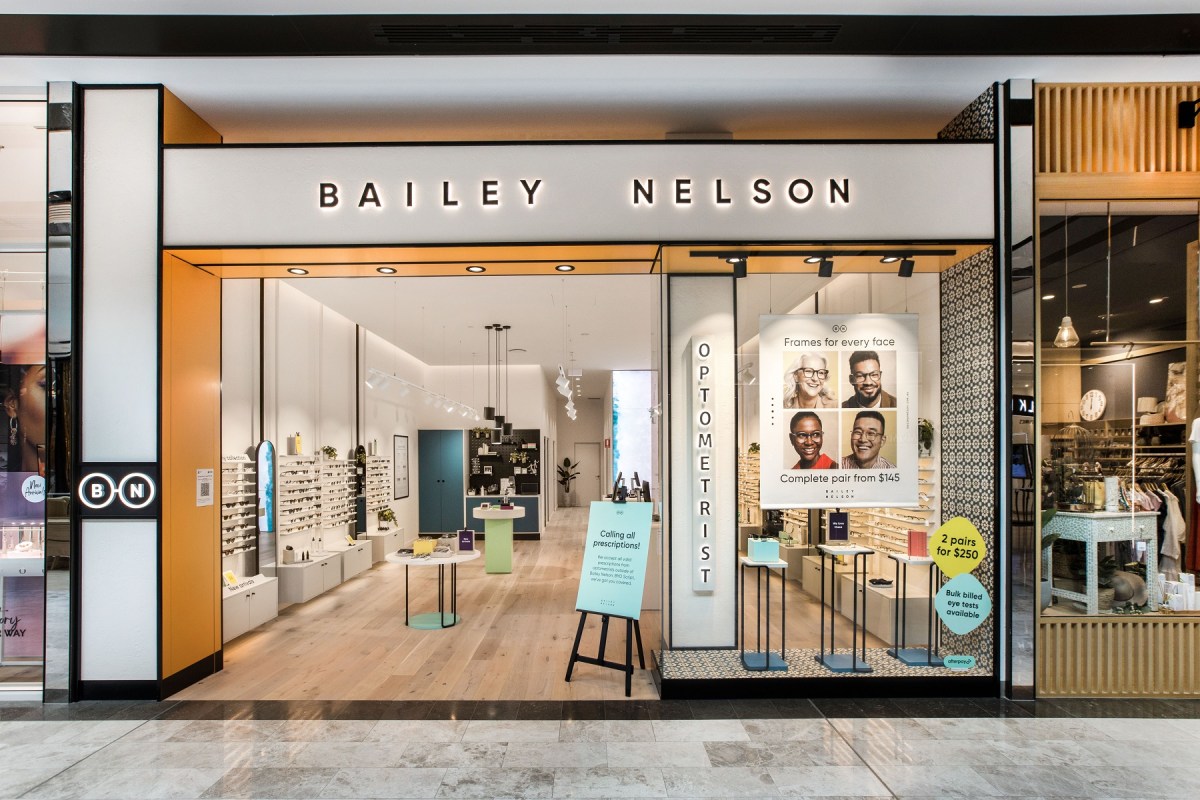After two years of upheaval, retailers across the country are now breathing a collective sigh of relief that lockdowns are a thing of the past and speculation around the ‘new normal’ can finally transfer into action and concrete forward planning.
As this process begins, there are some COVID-induced changes that will linger and shape retail over the long term. Here are the top five trends that are here to stay.
1. Cautious consumers
The greatest and most enduring impact of COVID-19 is that consumers have become far more cautious. They are now well-accustomed to only purchasing when they need to and knowing where to go to find what they want. The days of browsing shopping malls as a recreational activity has declined significantly since the pandemic started, and even now that lockdowns have passed. People are cross-shopping less and being conscious about going out in safe places.
We are going to see consumers continuing to research products at length before setting foot in a store, highlighting the importance of a great omnichannel journey. Equally, consumers will also continue to reward retailers that follow safe practices, including in-store cleaning, sanitisation, physical distancing and mask use. Easing restrictions while continuing to be accommodating to ongoing public anxiety will be key.
2. Bringing joy
Our communities have endured great amounts of psychological stress over the past two years. This has created a consumer that is anxious, worried, and often lonely.
Retailers have and can continue to play an important role in restoring the joy in people’s day and forge lasting connections in the process – whether that is through great person to person service, beautiful products that someone feels great wearing, or small tokens of goodwill or value- add products and services.
Our brand purpose is to bring joy through beautiful and affordable eyewear and eyecare, and to take care of our communities. Showing care and delighting customers has never been more important, and retailers will need to up their game across every facet of their business. One of the biggest gains companies can make in this space is through the in-store experience.
A decade ago, retail rents were plateauing and there was speculation they would crash as shoppers were predicted to move almost exclusively online. This has not come into fruition.
We are still seeing strong competition for prime retail space just as much as any time in the past. Companies are recognising the appetite for people to re-connect. Consumers may be more selective about where they go and what they buy, but they want to touch, feel, try, talk and truly enjoy the experience of purchasing a great product. A wonderful in-store customer experience must of course link seamlessly with online journeys, but retailers who invest this space will be repaid in loyalty.
3. Deeper integration of offline and online shopping
Purposeful shopping is going to accelerate the integration of online and offline activity, especially for vertically integrated brands like ours. When we launched Bailey Nelson ten years ago, consumers expected a transacting website. Now they expect the entire customer journey to be linked. For example, if a customer wants to subscribe to an ongoing contact lens delivery, that process can be initiated in-store, but will also trigger a mobile check-out option that gives them full control over their account. On top of this, customers can begin trying on products on their phones or computers through our virtual try-on service. There’s more value than ever in customer journeys that are fast, seamless, and interwoven, providing greater choice and access to information.
4. QR-friendly consumers
Retailers and businesses across many other industries have attempted to introduce QR-codes into their customer journeys for over a decade with limited success (mobile flight check-in is one of few exceptions). Since Australian governments mandated QR check-ins, consumers of all ages are now familiar with the technology. Last week I noticed a local sushi restaurant switched their hot food ordering to a QR-powered ordering system. The waiter simply advised to ‘order via the QR code’, and no one seemed to bat an eyelid about having to use their phones.
This willingness creates an opportunity for retailers to leverage very simple technology to further educate consumers about a product. It is also the perfect way to link physical and online experiences.
5. The permanent supply chain shift
COVID has caused unprecedented disruption to global supply chains and revealed a host of new risks that retailers didn’t give much consideration to prior to the pandemic. Coupled with an increasingly discerning customer base and other world events not making supply chain problems any easier, every retailer will be rethinking how much product they stock and where it gets manufactured. This is going to have a huge long-term impact on how local retailers operate and what this looks like will unfold more clearly over the coming two years.
Nick Perry is co-founder of Bailey Nelson.

